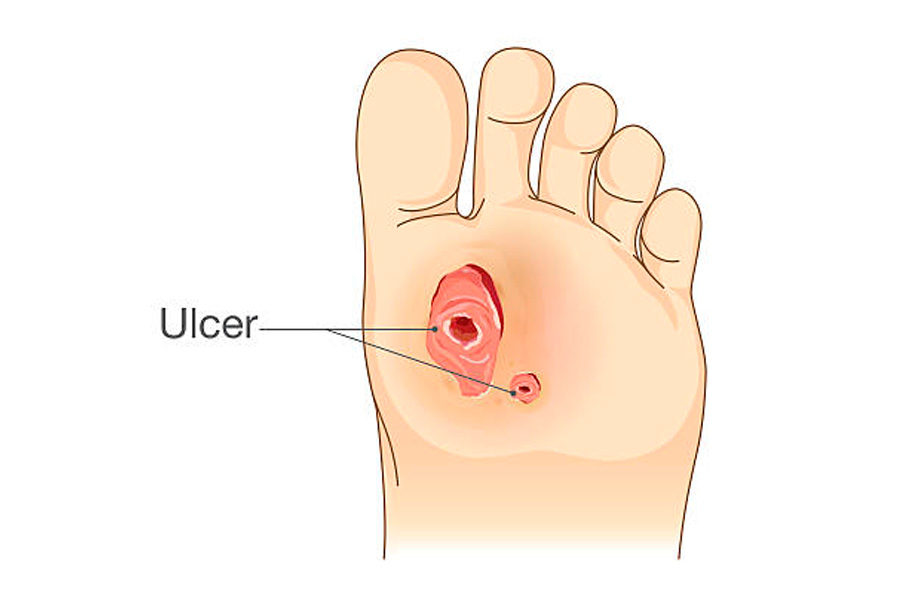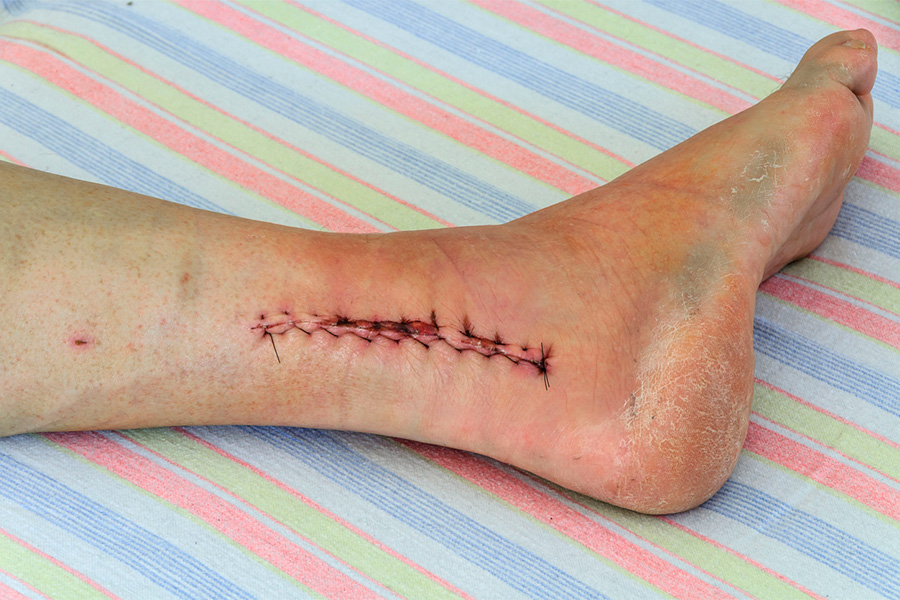A fracture is a break in a bone, and practically any bone in your body can suffer a fracture. While orthopedic doctors can treat fractures, the best doctor to diagnose and treat a foot or ankle fracture is a podiatrist.
Here is more information about foot and ankle fractures.
Location
You have seven bones in your foot known as your tarsal bones. One is the calcaneus, which is your heel bone. It forms the back of your foot. Your talus is a hump-shaped bone situated in between your calcaneus and the fibula and tibia of your leg.
The cuboid bone sits on the outer portion of your foot and looks like a cube. It connects your ankle and foot and stabilizes your foot. You also have a navicular bone. It receives its name because it has the shape of a boat. It makes up the top inside portion of your foot and links your talus and cuneiform bones. Inside the middle of your foot, you have three cuneiform bones. Any of these bones could fracture due to sudden force or repeated pressure.
You could also break one of your toe bones. Your big toe has two bones, while all of your other toes have three bones.
Types
There are different types of fractures you can develop. The most common types to develop in your foot or ankle are displaced or non-displaced fractures. You have a displaced fracture when your bone breaks into more than one part, and the bones don’t line up and must be readjusted into their normal position so they heal properly.
You could also have a non-displaced fracture – a fracture that occurs when the bones remain in alignment with one another but there is definitely a break. Such fractures can be healed non-surgically by simply preventing movement until the bone heals.
Symptoms
If you fracture a foot or ankle bone, you may notice that you have immediate pain, especially when you place pressure on the area or bear weight on your foot. The pain tends to worsen with activity or pressure. You might also notice you have swelling or bruising near the painful area. Sometimes, you may visibly notice a deformity when you have a displaced fracture.
In some cases, pain associated with a foot or ankle fracture may not be severe enough for you to realize you have a serious injury. The pain may be dull and not too difficult to ignore. As such, if you suffer any injury to the foot, it is important to get it checked out in case you have a fracture or other serious injury that needs to be diagnosed.
Causes
A fracture in your ankle or foot can occur for many reasons. For instance, you may fall and sustain an injury or suffer a sudden fracture while playing sports. You could also land on your foot when you fall from a relatively high place and break a bone.
You can also suffer a fracture over time due to repeated stress on your foot or ankle. This type of fracture is difficult to diagnose on your own because it develops slowly.
Diagnosis
To diagnose a fracture, your doctor will ask you about your symptoms and do a physical exam to find any visible signs, such as bruising, swelling, or a visible deformity. Your doctor may then ask you to move your foot around to test your range of motion and pain symptoms.
Then, you may need to undergo an X-ray, so your practitioner can view the inside of your foot and assess it for a fracture. Sometimes, your doctor may request other imaging like a bone scan, magnetic resonance imaging (MRI), or computerized tomography (CT) scan. An imaging test is the best way to see your bones and give an accurate diagnosis for a fracture.
Why Choose Our Podiatrists in Cincinnati, OH
The experts at Cincinnati Foot and Ankle Care routinely diagnose and treat all types of foot and ankle fractures. For high quality and effective fracture treatment, look no further.
Contact Cincinnati Foot and Ankle Care, serving Cincinnati and the nearby southwest Ohio region, for all your foot and ankle care needs. Get in touch with us by calling one of our locations or by filling out our online contact form.
Share

Surgeons can provide both surgical and nonsurgical care.




